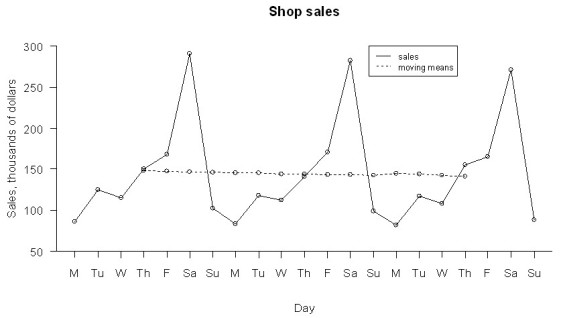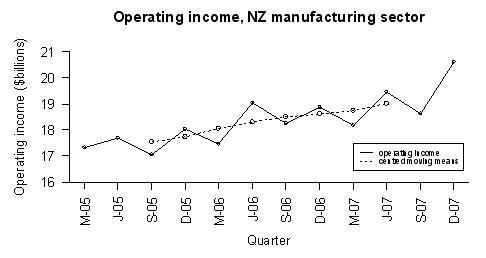Thanks for visiting NZMaths.
We are preparing to close this site by the end of August 2024. Maths content is still being migrated onto Tāhūrangi, and we will be progressively making enhancements to Tāhūrangi to improve the findability and presentation of content.
For more information visit https://tahurangi.education.govt.nz/updates-to-nzmaths
 =148.14
=148.14
 = 17531
= 17531 = 17548.25
= 17548.25